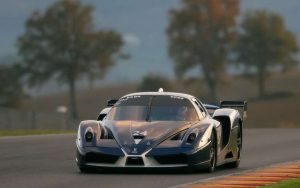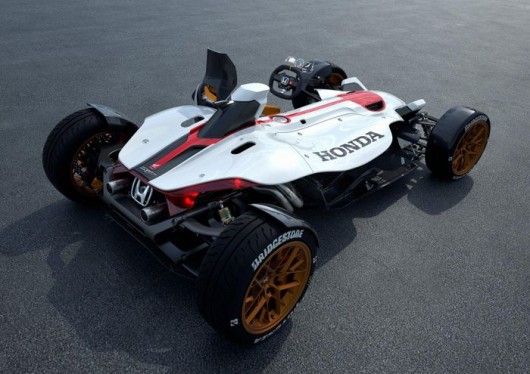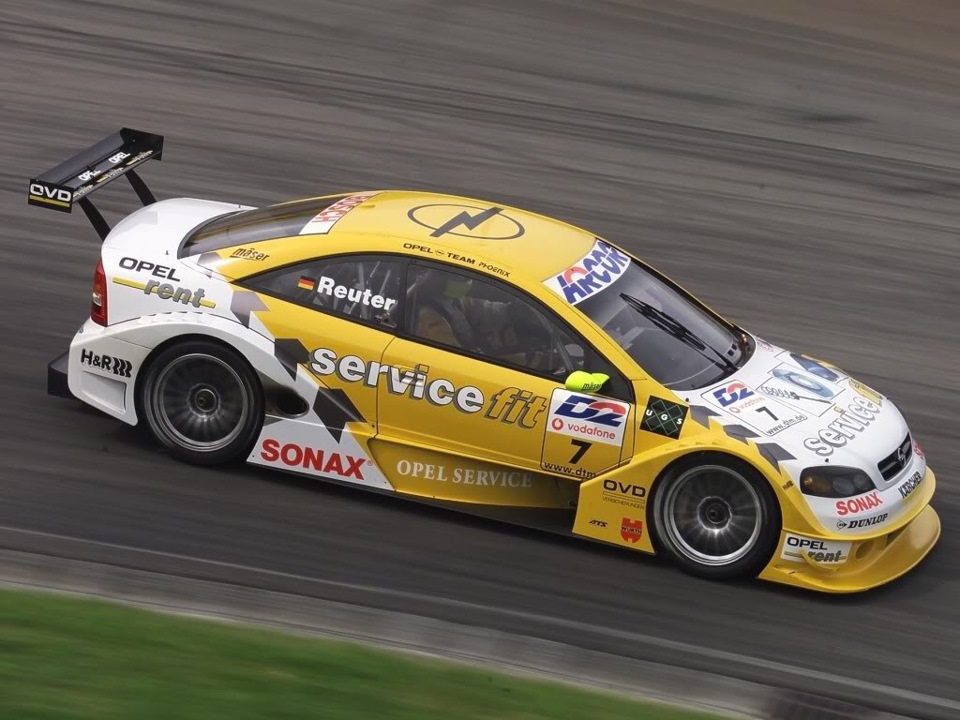The fastest cars in the world
 At each Formula 1 Grand Prix in Sochi, I involuntarily overhear the same question: “Dad, are these the fastest cars in the world?”. There are two answer options: “Yes, son, the fastest” or “No, son, there is even faster.” And both popes are right in their own way, but they have no time to enter into lengthy explanations.
At each Formula 1 Grand Prix in Sochi, I involuntarily overhear the same question: “Dad, are these the fastest cars in the world?”. There are two answer options: “Yes, son, the fastest” or “No, son, there is even faster.” And both popes are right in their own way, but they have no time to enter into lengthy explanations.
The detailed answer is not entirely accessible to a child’s understanding: all race cars are as fast as needed for a specific task. With a mandatory clarification: in some racing disciplines artificially restrain the growth of speeds – for safety. Sometimes this is not required, for example in rallycross. With him, and begin a brief overview of the fastest racing cars.
The rally-cross supercars have fantastic acceleration dynamics up to a hundred, but the maximum speed is lower than that of the grants.
Rally-cross: 150 km / h
Let’s take the top class of the World RX World Championship – there is nothing faster in rallycross and there can be nothing by definition. In the Norwegian stage of last year, the winner Andreas Bakkerud overcame the final distance (six laps of 1019 m) in four minutes. This gives us an average speed of about 90 km / h – despite the fact that in a non-stop sprint, no one needs to save rubber or fuel. Dubashyat dope!
Technical data machines presented sparingly. For the champion Audi S1 EKS RX quattro 560 hp has been announced. and 900 N · m. Plus four-wheel drive. Obviously, an average car with such parameters should easily reach 300 km / h.
But rally-cross tracks are a kilometer ring with many turns. The longest straight stretch is about two hundred meters. So all the power of fireballs goes into loosening compacted gravel and drawing black stripes on asphalt plots. The sight is crazy, but the maximum speed above 140-150 km / h is simply not required. With this calculation, of course, set up a 6-speed gearbox, therefore, even on an infinite straight line, the car will not go much faster. Overclocking up to a hundred – it takes about two seconds – rally-cross, however, is close to Formula 1.
Rally: 200 km / h
The gravel rally of Finland is one of the fastest in the world championship. And in its program, they mark out the legendary high-speed section “Onenpokhya”, 33 km long. The leaders of the race last year passed it in 15 minutes, with an average speed of 132 km / h. This is when driving on forest roads with closed corners and dozens of springboards!
The Volkswagen and KAMAZ-Master teams once conducted “joint exercises” at the Finnish Ouninpohya high-speed section. Of course, it was a PR campaign – not a single marathon car would catch up with the Polo WRC in its native element.
Finnish WRC stage: jump over your head
There is no need to guess about the maximum speed, issued by cars of the category WRC (power approximately 315 hp, torque about 420 N · m). The manufacturer of the champion VW Polo R reports that its speed is not higher than 200 km / h, and it takes 3.9 seconds to accelerate to a hundred.
Actually, in the format of a modern rally, driving faster and is not required, although there are fairly straight line segments, half a kilometer or more, where the engine revolutions rest on the limiter.
The new regulations adopted in 2017 raised the power of the WRC technology to 380 hp. But it is unlikely that additional forces went to increase the maximum speed. Raise the maximum speed – you lose in the dynamics of acceleration, and where the corner is, it is more important.
Formula 1: 350 km / h
The highest speed in the 2016 season was shown by Valtteri Bottas (Williams team) – 378 km / h. Achieved in qualifying on the Baku highway with its two-kilometer straight section.
In the race speed is lower, and the official record – 372.6 km / h – set in Monza and held since 2005. But, we note, the pilots, the fastest on the long straight sections, have not become champions for a long time. Mercedes cars faster 362 km / h in the past year did not go.
Williams on the track in Baku showed the highest maximum, but for the entire season, Valtteri Bottas has only one podium and eighth place in terms of points.
Materials on the topic
The fastest cars in the history of the tests “Driving”
The key to success in Formula 1 is the speed of cornering. And just in this “standings” Formula 1 cars are the fastest in the world. Contribute to that advanced aerodynamics, providing a huge downforce (up to 3000 kgf), and ultra-soft tires. In Formula 1, phenomenal acceleration is up to a hundred (in 1.9 s), up to two hundred (about 4 s) and up to three hundred (about 12 s). But the maximum speed is not her calling, on some routes the highest, eighth gear is not activated at all.
Whatever one may say, the Formula 1 technique with its modern 900 ‑ strong engines is inferior in the maximum speed to the Bugatti Chiron road coupe, attributed to 420 km / h. Although it accelerates not so fast and even in corners much slower.
Similar principles are laid down and the basis for the construction of prototypes of the highest category LMP1 in the World Championships in endurance racing (WEC). They are slightly more powerful, the maximum speed is slightly higher, but the average speeds at a distance are comparable to those developed in Formula races.


